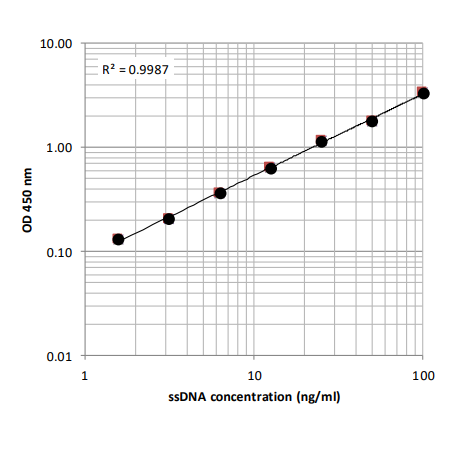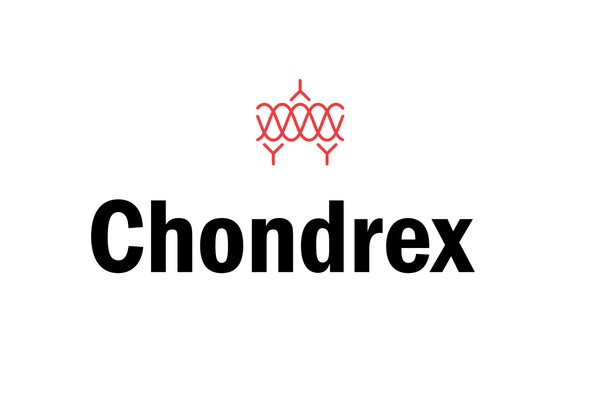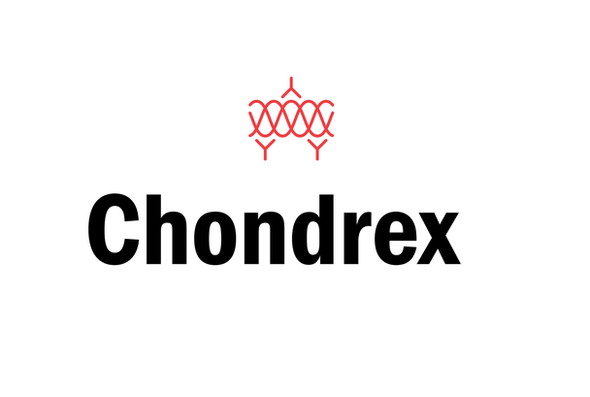Description
Mouse Anti-dsDNA IgG Antibody Assay Kit - Cat Number: 3031 From Chondrex.
Research Field: Immunology, Systemic Lupus Erythematosus
Clonality: N/A
Cross-Reactivity:
Host Origin: N/A
Applications: N/A
Isotype: N/A
Detection Range: 50 ng/ml-0.78 ng/ml
Sample Type: Serum, Plasma
Concentration: N/A
Immunogen:
DESCRIPTION: ELISA kits to quantify mouse IgG antibodies against single-stranded DNA (ssDNA) and
double-stranded DNA (dsDNA).
3031: Mouse Anti-dsDNA IgG Antibody ELISA Kit
3041: Mouse Anti-ssDNA IgG Antibody ELISA Kit
FORMAT: 96-well ELISA plate with removeable strips
ASSAY TYPE: Indirect ELISA
ASSAY TIME: 4.5 hours
STANDARD RANGE: 50 ng/ml to 0.8 ng/ml
NUMBER OF SAMPLES: Up to 40 (duplicate) samples/plate
SAMPLE TYPES: Serum & Plasma (pre-treatment acceptable)
RECOMMENDED SAMPLE DILUTIONS: 1:100 or greater
CHROMOGEN: TMB (read at 450 nm)
STORAGE: -20°C for 12 months
VALIDATION DATA: 3031: Intra-Assay (6.3-9.4%)/Inter-Assay (3.9-9.9%)/Spiking Test (93.4-106%)
3041: Intra-Assay (7.5-9.8%)/Inter-Assay (3.8-8.1%)/Spiking Test (94-101.4%)
INTRODUCTION
High levels of serum autoantibodies against deoxyribonucleic acid (DNA) are observed in most patients with systemic lupus erythematosus (SLE) (1, 2), therefore the presence of anti-DNA antibodiesin serum is considered a valuable marker for the diagnosis of SLE. Especially considering that the serum anti-DNA antibodies form anti-DNA/DNA immune complexes which play important roles in the immunopathogenesis of renal injury also known as lupus nephritis (3).
With regards to the specificity of anti-DNA antibodies, anti-single stranded DNA (ssDNA) lgG antibodies are elicited in the early stages of SLE, whereas anti-double stranded DNA (dsDNA) lgG antibody levels correlate with the severity of SLE. On the other hand, anti-dsDNA lgM antibodies are not specific to SLE, but correlate with the prognosis of lupus nephritis in patients with SLE (4, 5). Therefore, evaluating immunoglobulin levels of different isotypes against individual
DNA types may indicate the stages and prognosis of SLE.
Mouse models, which provide relevant information to the human condition, elucidate the cellular and genetic requirements for inducing SLE. For example, in spontaneous murine NZB/W F1 lupus models, anti-dsDNA antibody isotype class switching from lgM to lgG indicates renal failure which is a similar trend in human SLE (6). Nonetheless, in artificial pristane-induced Balb/c lupus models, anti-ssDNA lgM antibodies solely induce SLE (7-9). In order to advance studies in these fields, Chondrex, Inc. provides mouse anti-DNA antibody ELISA kits to elucidate the diverse roles of anti-DNA antibodies in these mouse SLE models. For a complete list of available mouse anti-DNA antibody ELISA kits, please visit www.chondrex.com for more information.
KIT COMPONENTS

ASSAY OUTLINE
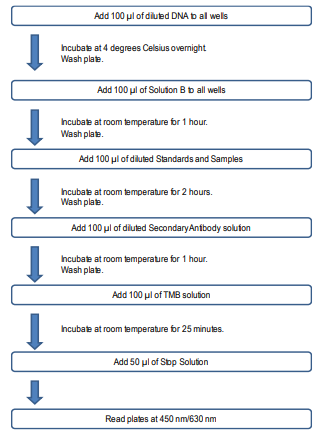
PLATE MAPPING
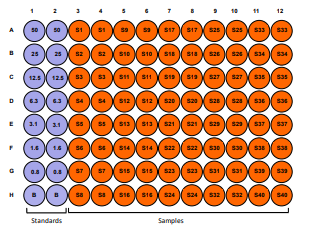
NOTES BEFORE USING ASSAY
NOTE 1: It is recommended that the standard and samples be run in duplicate.
NOTE 2: Warm up all buffers to room temperature before use.
NOTE 3: Crystals may form in Wash Buffer, 20X when stored at cold temperatures. If crystals have formed, warm the wash buffer by placing the bottle in warm water until crystals are completely dissolved.
NOTE 4: Measure exact volume of buffers using a serological pipet, as extra buffer is provided.
NOTE 5: Cover the plate with plastic wrap or a plate sealer after each step to prevent evaporation from the outside wells of the plate.
NOTE 6: For partial reagent use, please see the assay protocol’s corresponding step for the appropriate dilution ratio. For example, if the
protocol dilutes 50 µl of a stock solution in 10 ml of buffer for 12 strips, then for 6 strips, dilute 25 µl of the stock solution in 5 ml of buffer.
Partially used stock reagents may be kept in their original vials and stored at -20⁰C for use in a future assay.
NOTE 7: This kit contains animal components from non-infectious animals and should be treated as potential biohazards in use and for disposal.
ASSAY PROCEDURE
1. Add DNA Solution: Dilute one vial of DNA with 10 ml of Solution A. Alternatively, dilute according to the table below. Add 100 µl of DNA solution to each well and incubate at 4°C overnight. Any leftover DNA Stock Solution may be stored at -20°C for future assays.

2. Dilute Wash Buffer: Dilute 50 ml of 20X wash buffer in 950 ml of distilled water (1X wash buffer). Wash the plate with 1X wash buffer at least 3 times using a wash bottle with manifold or an automated plate washer. Empty the plate by inverting it and blotting on a paper towel to remove excess liquid. Do not allow the plate to dry out.
3. Add Blocking Buffer: Add 100 µl of the Blocking Buffer (Solution B) to each well and incubate at room temperature for 1 hour.
4. Prepare Standard Dilutions: The recommended standard range is 0.8-50 ng/ml. Dissolve one vial of Standard (50 ng/vial) in 1 ml of Sample/Standard/Secondary Antibody Dilution Buffer (Solution C) and keep it as a standard stock. Then serially dilute it with Solution C. For example, mix 250 µl of the 50 ng/ml solution with an equal volume of Solution C to make a 25 ng/ml solution, and then repeat it five more times for 12.5, 6.3, 3.1, 1.6, and 0.8 ng/ml standard solutions.
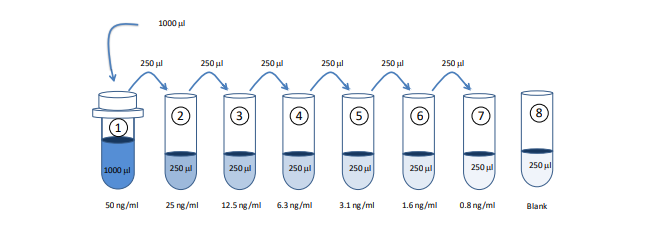
5. Prepare Sample Dilutions: Mouse serum dilution varies (1:100 or more) depending on the animal model and timing of serum collection. In general, no IgG antibodies against DNA are observed in normal serum at a 1:100 dilution.
6. Wash: Wash the plate with 1X wash buffer at least 3 times using a wash bottle with manifold or an automated plate washer. Empty the plate by inverting it and blotting on a paper towel to remove excess liquid. Do not allow the plate to dry out.
7. Add Standards and Samples: Add 100 µl of standards, Solution C (blank), and samples to wells in duplicate. Incubate at room temperature for 2 hours.
8. Wash: Wash the plate with 1X wash buffer at least 3 times using a wash bottle with manifold or an automated plate washer. Empty the plate by inverting it and blotting on a paper towel to remove excess liquid. Do not allow the plate to dry out.
9. Add Secondary Antibody: Dilute one vial of Secondary Antibody in 10 ml Sample/Standard/Secondary Antibody Dilution Buffer (Solution C). Add 100 µl of secondary antibody solution to each well and incubate at room temperature for 1 hour
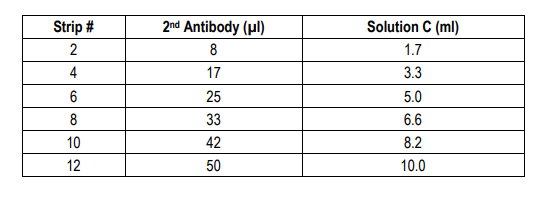
10. Wash: Wash the plate with 1X wash buffer at least 3 times using a wash bottle with manifold or an automated plate washer. Empty the plate by inverting it and blotting on a paper towel to remove excess liquid. Do not allow the plate to dry out.
11. Add TMB Solution: Use new tubes when preparing TMB solution. Just prior to use, prepare TMB solution with Chromogen Dilution Buffer as shown in the following table. Add 100 µl of TMB solution to each well immediately after washing the plate and incubate for 25 minutes at room temperature

12. Stop: Stop the reaction with 50 µl of 2N Sulfuric Acid (Stop Solution) to each well.
13. Read Plate: Read the OD values at 450 nm. If the OD values of samples are greater than the OD values of the highest standard, reassay the samples at a higher dilution. A 630 nm filter can be used as a reference.
CALCULATING RESULTS
1. Average the duplicate OD values for the standards, blanks (B), and test samples.
2. Subtract the averaged blank OD values from the averaged OD values of the standards and test samples.
3. Plot the OD values of the standards against the ng/ml of antibody standard. Using a log/log plot will linearize the data. Figures 1a and 1b show examples of standard curves for anti-DNA IgG antibodies.
4. The ng/ml of antibody in test samples can be calculated using regression analysis. Multiply it by the sample dilution factor to obtain the antibody concentration (ng/ml) in the original test samples. Figure 1a - A Typical Standard Curve for the Anti-dsDNA IgG Antibody ELISA Kit

Figure 1b - A Typical Standard Curve for the Anti-ssDNA IgG Antibody ELISA Kit
